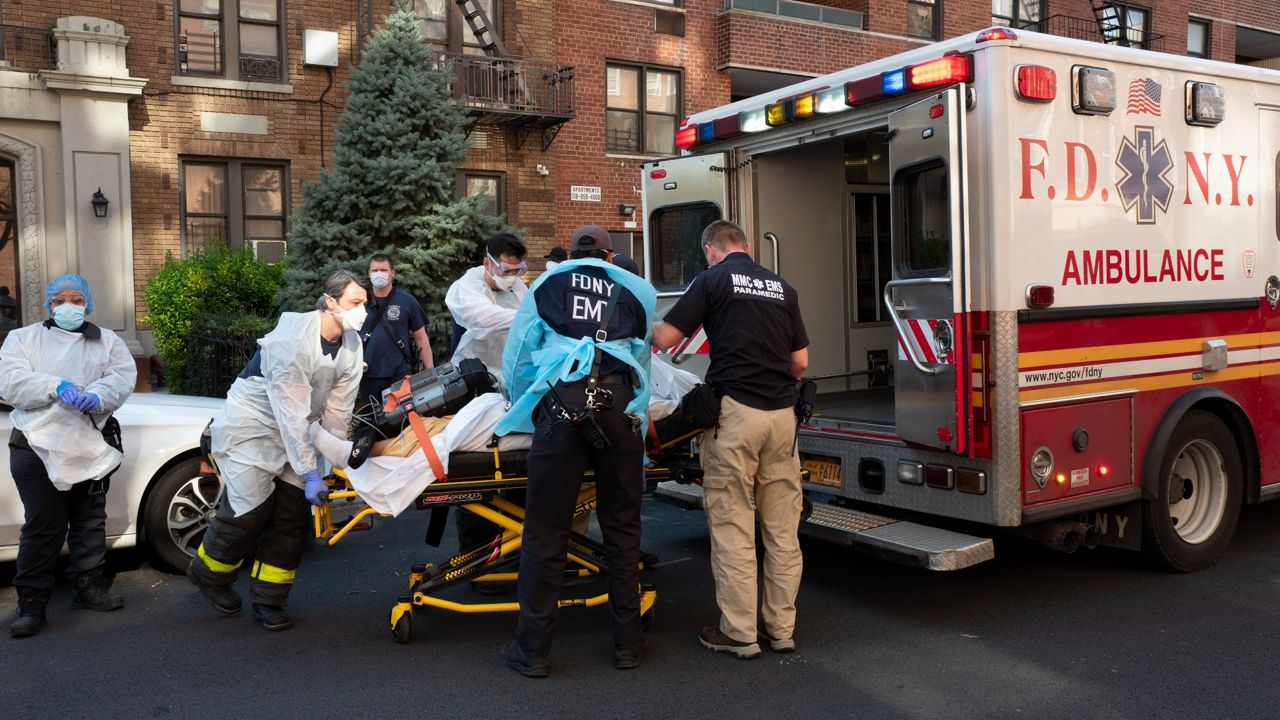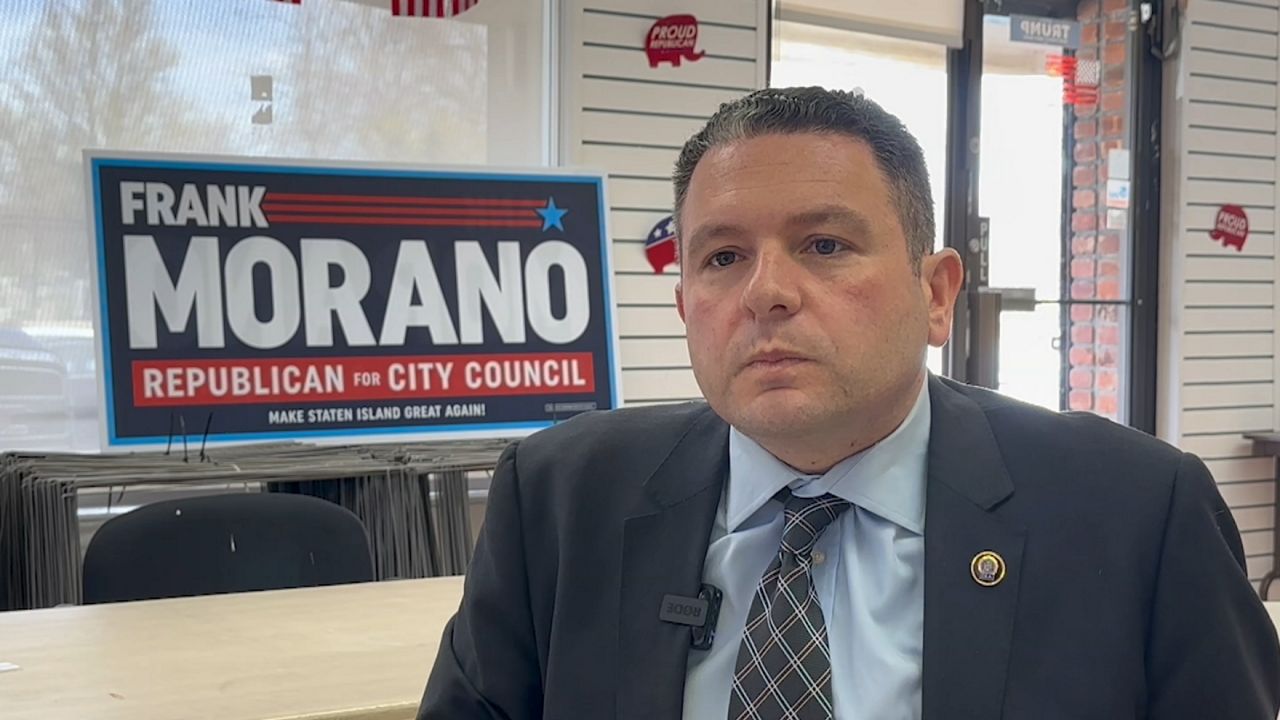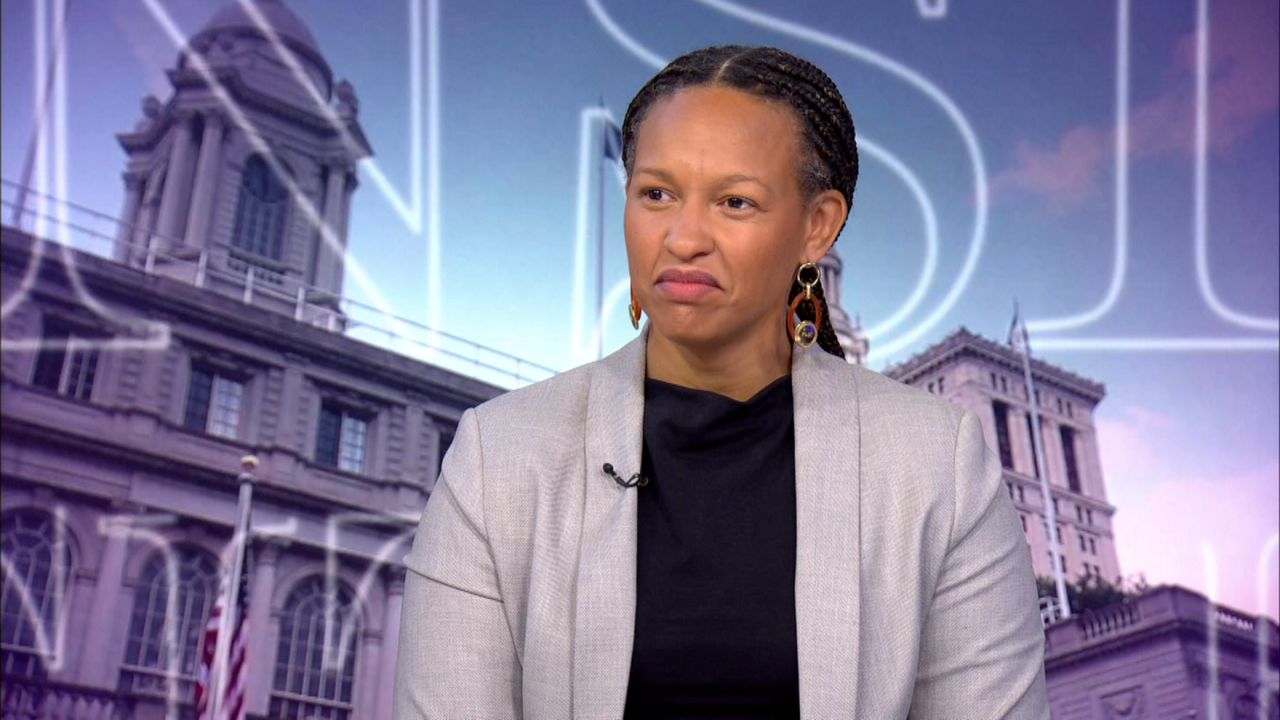On the morning of Oct. 12, a contractor hired by the FDNY entered a basement data storage area in the agency’s emergency dispatch center, in downtown Brooklyn.
When he tried to leave, he found the door locked. Next to the door, he saw two large, red buttons on the wall, each protected with a plastic cover and stamped with the letters “EPO.”
He pressed the first one. The door didn’t open. He pressed the second one.
Instantly, the city’s dispatch system for emergency calls shut down. EPO, it turned out, stood for “emergency power off.”
The system for dispatching fire crews quickly restarted from a second call center in the Bronx. But it would take nearly seven hours to fully restore the dispatch network for emergency medical services.
“It’s very difficult to account for all levels of intelligence,” JonPaul Augier, the FDNY’s deputy commissioner for dispatch operations, told City Council members during an oversight hearing Tuesday on the agency’s emergency response technology when he described the shutdown incident. “What had happened on that day was an egregious error.”
Council members questioned Augier and other city officials over the technology that underpins the emergency dispatch system, prodding for details on software updates, data transparency and staffing levels.
The FDNY fields 1.8 million fire and EMS calls each year, Augier said, and replaced its fire dispatch system last year for $22 million.
Yet the new system has seen outages, on both the fire and EMS sides, including the contractor’s triggering of the shutdown of the Brooklyn dispatch center.
The EMS dispatch system, which is connected to but runs on different software than the fire dispatch system, is decades old, with its most recent update coming in 2017.
“It has served this department and the city as a whole well,” Augier said. “But like all good things, it is ready to be replaced, because the architecture is older technology.”
Augier said the city has a plan to replace the EMS system, but did not elaborate on a timeline.
Council members pressed Augier on whether the dispatch centers have sufficient staffing, given citywide struggles with vacancies across agencies.
“My belief is, we should always be prepared for the worst,” said Councilwoman Jennifer Gutiérrez, chair of the technology committee.
Augier said the agency did not face a significant staffing shortage, despite being 10 positions short of its 197-person budgeted headcount.
Yet Oren Barzilay, president of Local 2507, which represents paramedics, EMTs and fire inspectors, said in testimony that working overtime past typical 12-hour shifts is common, with about 11% of the union’s members out on sick leave each day.
“Overtime is high, and we don't have enough people to take 911 calls on a daily basis,” Barzilay said. “We had days last week where it reached almost 6,000 [calls]. And we only have 30, 40 people on the phone at a time. For a city as busy as ours, it’s unacceptable.”
Barzilay described the frustration and confusion that accompanied the slowdown in emergency response operations when the contractor accidentally shut down the EMS dispatch system, and suggested that shorter shutdowns are common.
Instead of automatically relating call information to on-board computers, dispatchers had to rely on radios, and EMTs had to hope they heard dispatch information correctly.
“When our system crashes, imagine when you're in an ambulance, and now you have to scramble for a pen and paper to write down an address that's going to be read out over a frequency,” Barzilay said. “The system crashes frequently. Sometimes it's a couple of minutes, sometimes it’s hours.”







_PKG_Hudson_Yards_Zoning_Hearing_CG)
